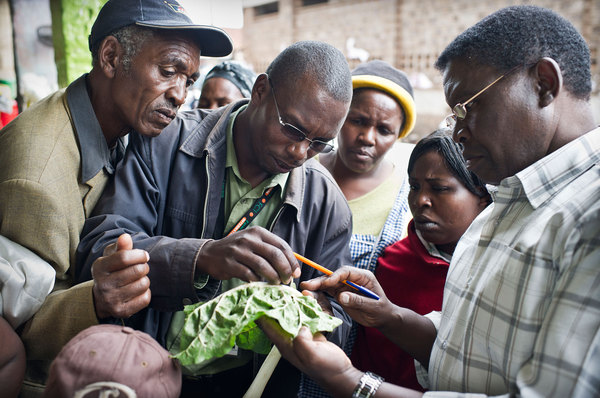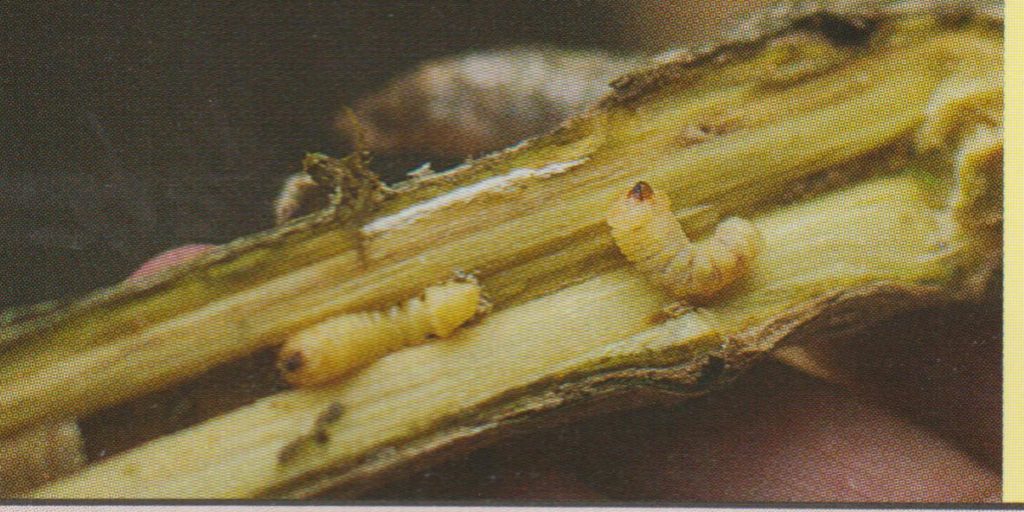Factsheet of the month: March 2015 – Tomato yellow leaf curl management
A recent plant protection conference in Hanoi highlighted dangerous levels of pesticide use in agriculture in Vietnam. The head of Vietnam’s Plant Protection Department, Nguyen Xuan Hong, announced that a 5-year Integrated Pest Management (IPM) project had been approved by the Ministry of Agriculture and Rural Development. IPM will be important in reducing both costs to…
Factsheet of the month: February 2015 – Sugarcane Woolly Aphids
India is one of the world’s largest producers of sugarcane which is used in many food and drink products. Sugarcane is vulnerable to a variety of pests, including sugarcane woolly aphids which caused a 30% yield loss in the outbreak of 2002. This pest is constrained to south and east Asia, (see the Plantwise distribution…
Factsheet of the month: January 2015 – Management of clubroot disease in crucifers
Clubroot is a serious disease of crucifers. It is found in many countries across the world (see the Plantwise distribution map). It is caused by the fungus Plasmodiophora brassicae, whose spores can live for many years in the soil. This makes the disease difficult to control once a field has been infected. To find out more about…
Factsheet of the month: December – Management of white stem borer of coffee
The white stem borer, also known as Seto Gavaro, is a major pest of coffee in Nepal. In fact, the government and industry hold the pest largely responsible for the drop in production between mid-2012 and mid-2013. Coffee is a major cash crop in Nepal so it is important that farmers do not lose yield to…
Plantwise knowledge bank wins Open Data Award for Social Impact
On 4 November, the CABI-led Plantwise programme was announced as the winner of the Open Data Award for Social Impact. This is the latest accolade for this innovative open access platform for knowledge to help farmers lose less of what they grow to crop pests and diseases. Plantwise knowledge bank Global Director Shaun Hobbs accepted…
Factsheet of the month: November – Brown planthopper of rice
Last week, Nature published an article on the story of rice, from a wild grass to the stable crop we know today. Rice is one of the most important crops in the world as it forms the basis of the diet of a large portion of the human population. Due to the high importance of…
Data management training in Phnom Penh, Cambodia – looking back on a successful trip!
In the first week of September, 2014, Claire Beverley and I went to Cambodia for three days to run data management training and a cluster meeting, along with our colleague Jeremy Ngim from the CABI Malaysia office. The presentations were given in English and translated into Khmer, which was a neat experience for all. We got…
Factsheet of the month: October – Preventing weeds in cassava
This month sees the return of World Food Day which is celebrated annually on the 16th October, the day the Food and Agricultural Organisation was founded in 1945. This year’s theme, Family Farming, has been chosen to raise awareness of the role that family and smallholder farmers play in providing food security and achieving sustainable…
Factsheet of the month: September – Bacterial wilt management in tomatoes
Last month, SciDevNet reported on a hybrid tomato variety that is encouraging Nepali farmers back into tomato production after the majority of plantations were wiped out by storms and disease 5 years ago. The variety, known as Shrijana, is high-yielding, wilt and disease-resistant and flavoursome. The higher yields have increased farmers’ incomes, thus raising their…
Factsheet of the month: August – Sulphur to control powdery mildew in cashew
Last weekend, a team of experts from the Naliendele agricultural research institute (NARI) held a seminar in Tanzania to present lectures on the prevention and control of pests affecting cashew. Although cashew production in Tanzania has declined since the 1970s, it remains an important cash crop in the coastal regions of the country. The seminar,…


